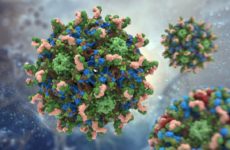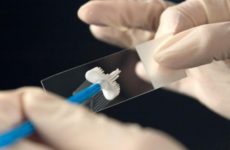Papillomavirus is a very dangerous disease that is transmitted as a result of direct unprotected contact with an infected person.
The severity of HPV is associated with a high likelihood of a harmless skin growth turning into a malignant growth. Therefore, you should take this problem with all responsibility and take appropriate measures – take a blood test for HPV at the first detection of symptoms.
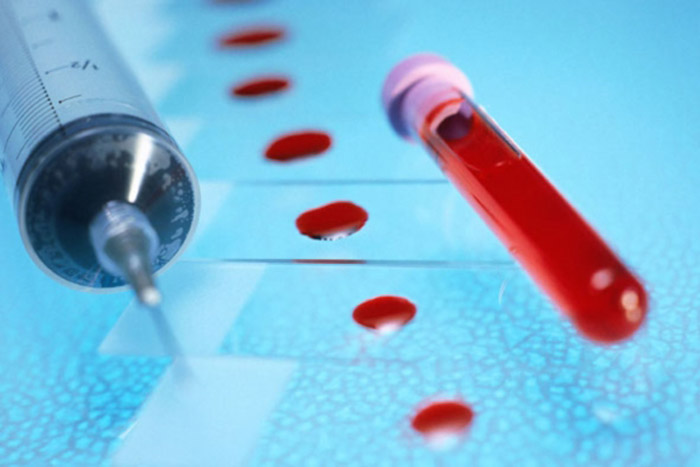
Содержание:
What is the human papillomavirus, what is it?
HPV, human papillomavirus or human papillomavirus infection is the collective name for a whole group of strains of the disease. Today, medicine knows more than 100 varieties of microorganisms, among which two are oncologically dangerous.
Certain types can affect the skin and mucous membranes of the body, while others occur in the genital area, the so-called genital warts. or genital warts.
For each type of viral infection, a number is assigned according to the unique composition of DNA, according to which the specialist determines the treatment and the necessary examinations.
The causative agents of the disease, which are capable of provoking the development of cancerous tumors, enter the body through sexual contact. That is why genital warts and skin growths in the larynx are classified as dangerous infections.
Experts distinguish three categories of HPV oncogenicity: low, medium and high. Most often, strains numbered 16 and 18 were found in patients with cervical cancer.
After direct infection, a person can find out about it after 2-3 months (the duration of the incubation period). However, certain conditions or reduced immunity can extend this period to several years or significantly reduce it.
The most common types of HPV neoplasms are condylomas, papillomas and warts. Approximately one third of the healthy population is affected by this virus, which does not manifest itself outwardly. It becomes possible to learn about the disease only as a result of routine examinations and the delivery of appropriate tests.
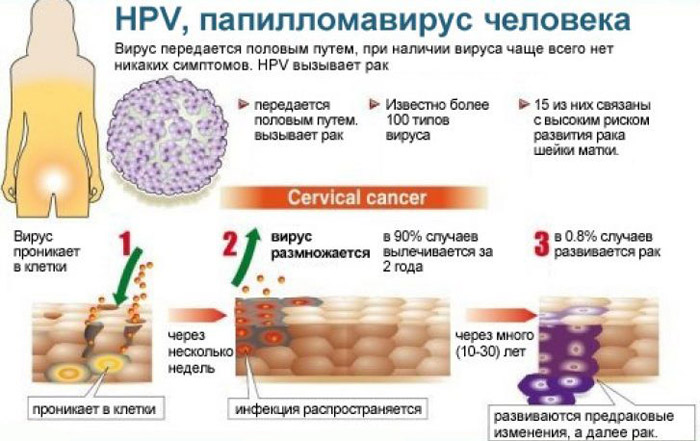
Indications for the study
The appeal of patients to check for the presence of the papillomavirus occurs in most cases when they find neoplasms in the genital area or on the body. Moreover, in the case when the growths cause discomfort or disturb a person.
There are a number of reasons that should prompt a desire to get tested for HPV:
- The entry of a woman into unprotected sexual contact with a man who has urogenital diseases.
- pathology of pregnancy.
- Spontaneous abortion or a series of them.
- Infertility.
- Urogenital infections in a chronic form.
- Signs indicating the presence of acute inflammation in urogenital infections.
- The appearance of genital warts and papillomas, especially in the anus and genitals.
- Discomfort in the genitals, especially when urinating.
- Dysplasia.
- Leukoplakia or corrosive cervix.
- Inflammation in the cervix or mucous membranes of the internal and external genital organs.
- The appearance of skin growths in the larynx or oral cavity.
Types of research on papillomavirus
There are several ways to determine the presence of papillomavirus in the human body, among them:
- Cytological smear – characterized by low reliability, justified only with widespread infection.
- Colposcopy – is used when examining women by examining the tissues of the mucous membranes of the internal genital organs with a special device.
- Histology – examination of the selected biomaterial under a microscope in the laboratory, is used in addition to cytology.
- Blood test – is intended only to confirm the suspicion of the presence of the virus, but does not answer the question “What type of HPV”.
- PRC – high-precision analysis of the material taken from the affected area. Used to establish strain type.
- Degine HPV – a test to determine the extent of the infection in order to correctly determine the method of treatment.
- Biopsy – is prescribed only in case of reasonable suspicion of the development of a cancerous process in the cervix or genital mucosa of men.
PCR study
The method stands for “Polymerase chain reaction” and involves using molecular biology to investigate the selected biological material. The method is experimental and is based on a multiple increase in the concentration of certain DNA fragments in the sample.
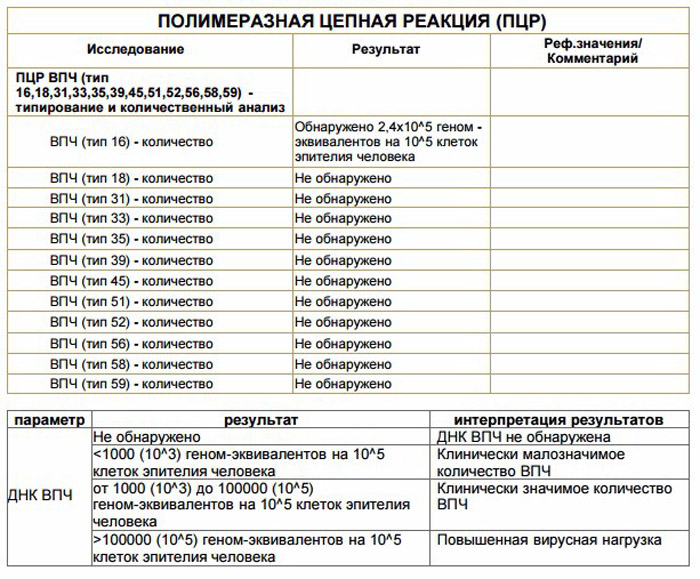
Given the insufficient number of infected cells for visual detection under artificial conditions, a certain section of DNA doubles many times.
It should be noted that in the absence of the desired object in the sample, no cloning or processing is performed, and the result of the analysis is negative.
The advantage of the analysis is the speed of obtaining the result. Due to the absence of the need to grow a culture, 4-5 hours are required.
Among the main positive qualities of the PRP analysis are:
- Versatility – any type of biomaterial is suitable for research.
- The speed of obtaining results – depending on the clinic and the equipment used there, the time to obtain the result does not exceed several hours.
- Sensitivity – only 10-100 biological cells in one sample are sufficient for processing.
- Even viruses that are in the body in a latent form are subject to detection , which is not available for many other types of tests.
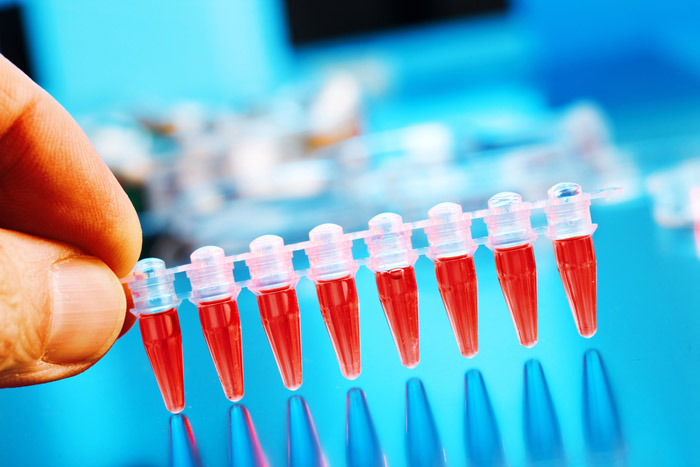
Using the PRC method, the following diseases are determined:
- Candidiasis.
- Tuberculosis.
- Borreliosis, tick-borne encephalitis.
- Helicobacter pylori infection. Listeriosis.
- Viruses of the oncogenic group.
- herpetic infection.
- Ureaplasmosis, trichomoniasis, gardneellosis are infections that are transmitted through sexual contact.
- Viral hepatitis types A, B, C, G.
- Cytomegalovirus infection.
- HIV.
- Mononucleosis is infectious.
It should be noted that the PCR technique is a new method, so the cost of such an analysis is still high. Find out also what is HPV, transcript the results of the analysis
ELISA to determine the virus
The name of the technique stands for Enzyme Immunoassay (ELISA). With its help, certain antibodies are detected in the blood, the production of which is produced by the immune system in response to an infection that has entered the body.
In the early stages of the disease, M-globulins are most active. It is from them that it can be established that a person “caught” the virus recently and the incubation period or the first development of the infection is just beginning.
At a later date, the immune system produces another antibody – G-globulin, which is included in the fight at later stages. It is by the number and type of enzymes of the immune system that a relapse or primary infection is determined.
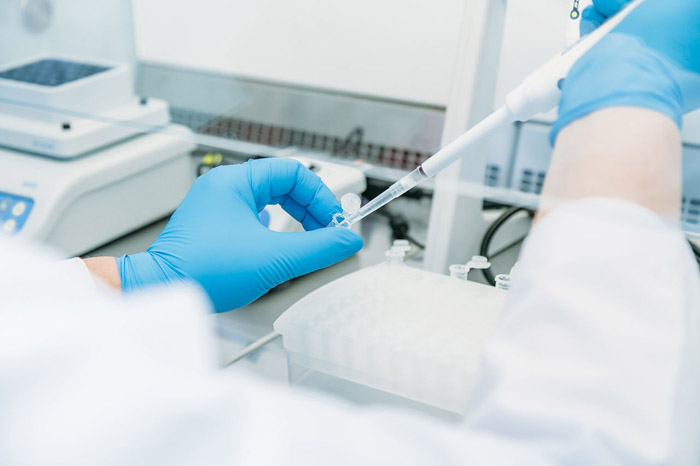
These results are quantitative and qualitative, so HPV is determined with 100% accuracy, and it is also possible to monitor the development of the disease in dynamics. Among the advantages of this technique are high accuracy and sensitivity, as well as the speed of obtaining the result.
Biomaterial sampling rules
For ELISA, venous blood is taken from the patient, and for this procedure he should refuse to drink and eat for 6-8 hours. Alcohol or spicy food helps to increase the concentration of the virus, so before the procedure, doctors can thus increase the provocative load on the patient’s body. General rules for ELISA:
- It is preferable to donate biomaterial in the morning.
- It is advisable not to eat fatty foods a few days before the analysis.
- Rest is required 10-15 minutes before the injection.
- Stop taking antiviral medications in advance.
- Don’t do strenuous exercise the night before.
- Give up nicotine one hour before the procedure.
- After any surgical intervention, ultrasound or X-ray, this analysis is prohibited.
- The best period for testing is an exacerbation of the disease.
Deciphering the results
The patient is given a form with the results of the tests on hand. This sheet lists the number of diseased cells in the sample or gives a positive/negative response to the presence of papillomavirus infection. It depends on the type of methodology chosen – quantitative or qualitative. See also the material on the topic: HPV type 16, quantitative analysis, decoding .
In the first case, the concentration in the biomaterial sample is indicated:
- Lg = 0 – no infection detected.
- Lg less than 3 – the presence of the virus is confirmed, but it is in extremely small quantities. This indicates the initial stage of the disease. Manifested as a lesion of the mucous membranes.
- Lg from 3 to 5 – the amount of the virus is clinically significant, which indicates the active phase of the disease and spread throughout the body. It is manifested by skin neoplasms in different parts of the body.
- Lg greater than 5 indicates a high viral load on the body, which may indicate a risk of developing malignant tumors. This condition is also called precancerous.
In the second case, there are only 2 columns in the form: found and not found, where it is noted by the doctor.
Where can you rent for men and women?
Today, almost every modern clinic equipped with a good laboratory can be diagnosed for HPV. The most popular medical centers and clinics:
- Homotest.
- Delta clinics.
- Invitro.
- Medinnova.
- He is a clinic.
- See Clinic.
- Helix.
Cost of the procedure
Due to the use of new research methods, today the cost of analyzes for determining HPV remains relatively high. Depending on the chosen medical institution, the price ranges from 350 to 900 rubles. for the procedure and depends on whether a qualitative or quantitative assessment is made, as well as PCR or ELISA analysis.
Название анализа Стоимость, руб. Срок получения результатов, час
РНК ВИЧ количественный от 11 тыс. -
РНК ВИЧ качественный от 3,5 тыс. -
ВИЧ антитела, антигены от 400 -
Хеликобактер пилори от 400 24
Гепатит количественный от 500 5 дней
Гепатит качественный от 2 тыс. 5 дней
Цитомегаловирус, вирус Эпштейна-Барра, ВПЧ, герпес 300 – 900 24
ИППП 400 – 500 24
Conclusion
Papillomavirus is a harmless disease in terms of the discomfort it causes to a person. However, this is a misleading impression, since the infection can turn into an oncological form. Therefore, it is so important to identify it in time and undergo a course of treatment.



